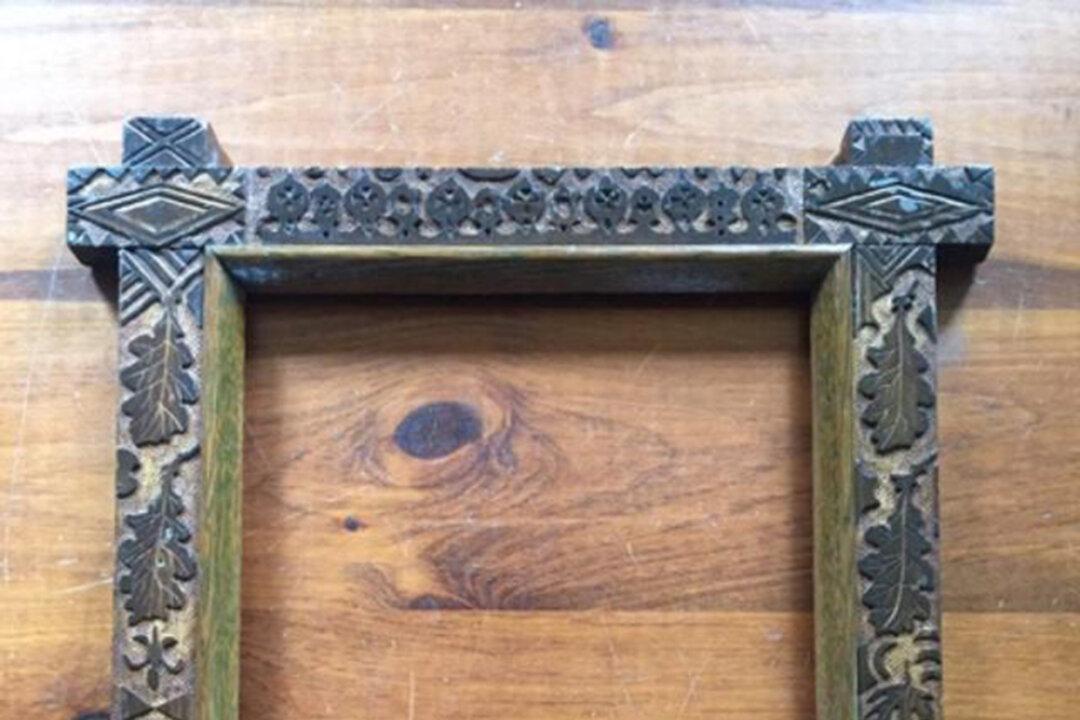Dear Helaine and Joe: I believe this frame to be tramp art, and while researching this 19-inch by 14-inch frame, I discovered that Helaine was a collector and appreciator of this kind of art. I live in Ontario, Quebec, Canada and found this piece in a secondhand store for $10. What can you tell me about it? Thank you, K. G.
Dear K. G.: The term “tramp art” is a misnomer if there ever was one. The term conjures up images from the late 19th to the early 20th centuries of unshaven men dressed in tattered and patched clothing, riding the rails in or under railroad boxcars, and eating beans out of a can over an open fire. These individuals were pejoratively called “tramps” or “hobos” or more euphemistically “forgotten men.”






